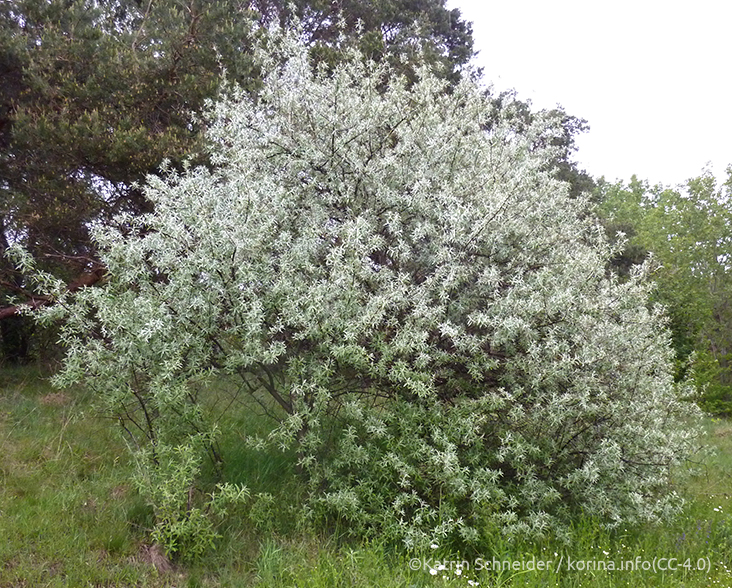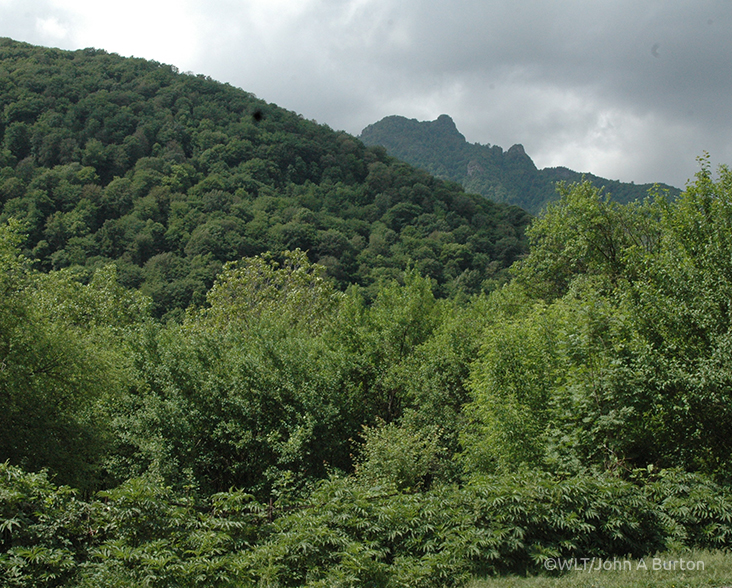Russian Olive
Species Data
Class: Magnoliopsida
Order: Rosales
Family: Elaeagnaceae
Scientific Name: Elaeagnus angustifolia
IUCN Red List status:Least Concern
Description
Russian olive is a species of Elaeagnus and is a deciduous thorny tree that can grow up to 10 metres in height. It has leaves covered in dense scales that are described as silvery or rusty in appearance. Its common name, Russian olive, comes from the way it appears similar to the Olea europaea (olive), but which is in a different botanical family, the Oleaceae. Its fruits and seeds are eaten and disseminated by many bird species.
Behaviour
It is fast-growing and highly tolerant of wind, heat, and saline conditions. The species can live for a long time, and is known to grow for between 80 and 100 years.
The plants begin to flower and fruit from 3 years of age. They produce highly aromatic flowers which grow in clusters of between one and three. The flowers are 1 centimetre in length with four-lobed creamy white petals. The flowers appear in early summer and are followed by clusters of small cherry-like fruits which are long and orange red in colour. These are sweet but have a dry, mealy texture. The shrub can fix nitrogen in its roots which enables it to grow well on bare mineral substrates.


Habitat and Range
The plant grows primarily in the temperate biome and is drought and cold-resistant. It has a wide ecological range and is native to western and central Asia, Iran, as well as southern Russia, Kazakhstan, Turkey, and parts of Pakistan and India. It is often found in riparian landscapes along coastlines, as well as in drier sites like mountains and dry riverbeds.
